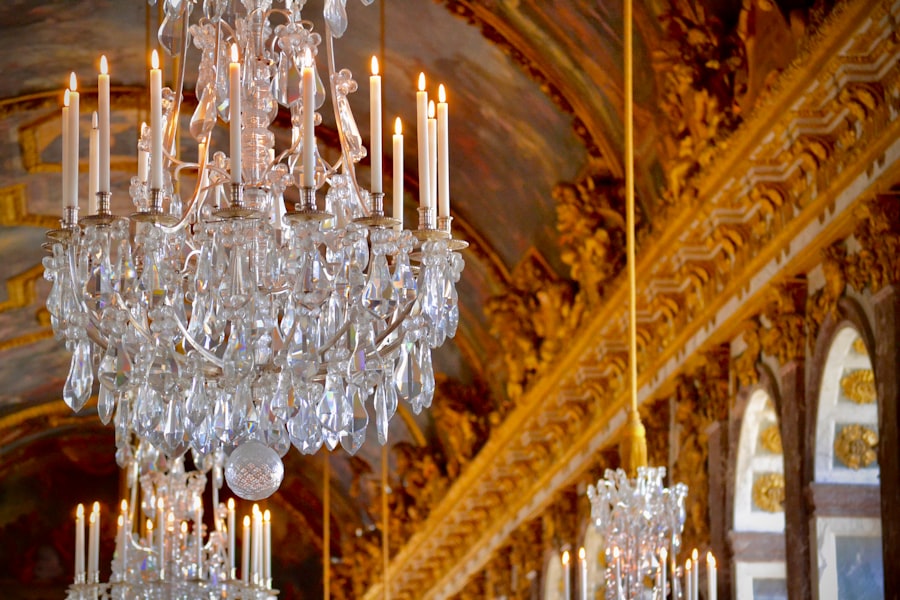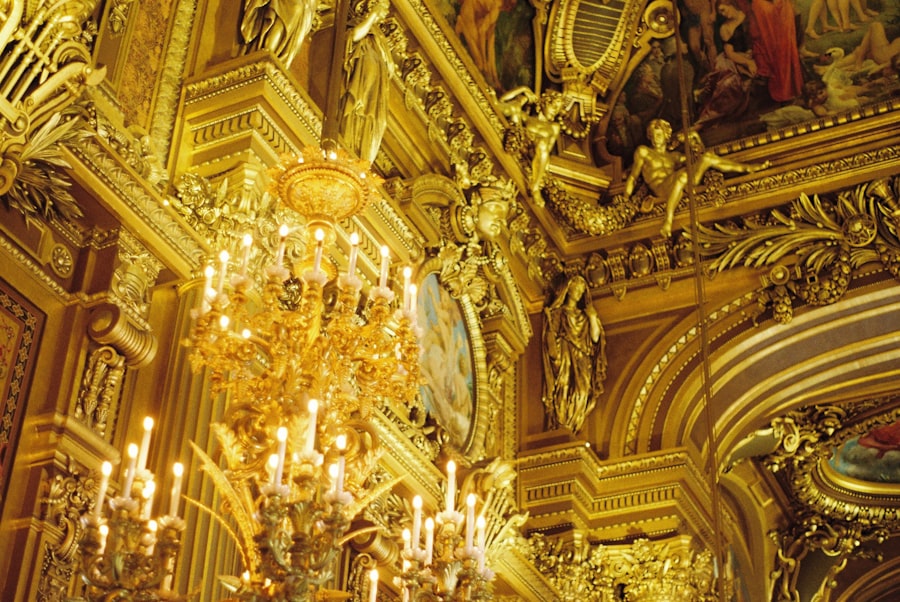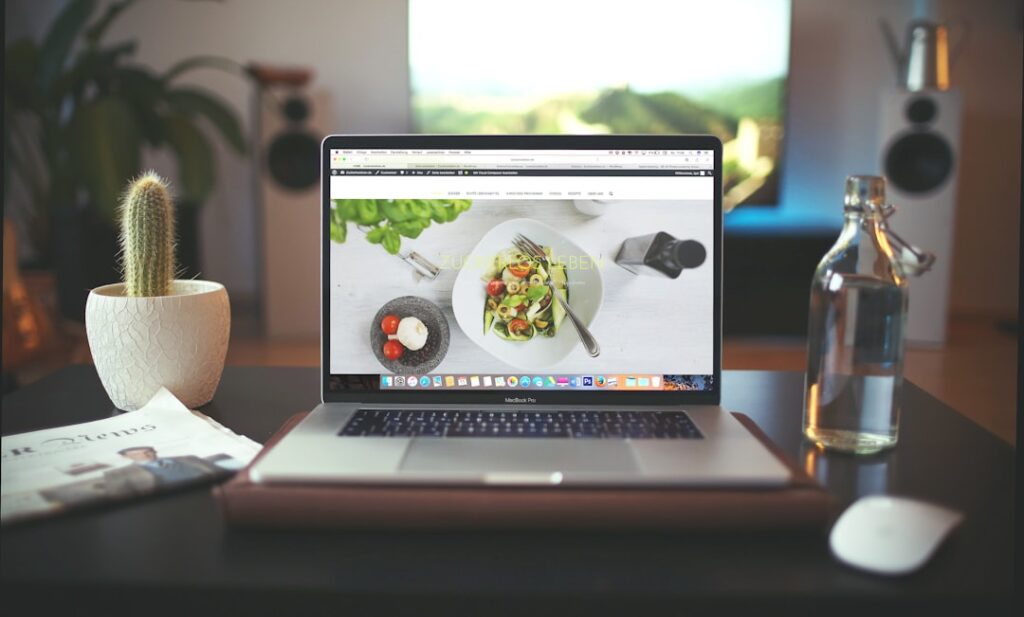Dubai, a city that epitomizes luxury and innovation, has emerged as a global hub for interior design. The rapid development of the city, characterized by its towering skyscrapers and opulent lifestyle, has created a unique environment where traditional aesthetics meet modern sensibilities. The interior design landscape in Dubai is not merely about creating visually appealing spaces; it is a reflection of the city’s cultural diversity, economic prosperity, and architectural ambition.
As a melting pot of cultures, Dubai’s interior design scene draws inspiration from various global influences while maintaining a distinct local flavor. The interior design industry in Dubai is thriving, fueled by a booming real estate market and an influx of expatriates seeking luxurious living spaces. Designers in the region are tasked with creating environments that cater to a diverse clientele, each with their own preferences and cultural backgrounds.
This dynamic environment fosters creativity and innovation, pushing designers to explore new materials, technologies, and design philosophies. As the city continues to evolve, so too does its approach to interior design, making it an exciting field for both professionals and enthusiasts alike.
Key Takeaways
- Dubai’s interior design scene is a dynamic and rapidly evolving industry, reflecting the city’s cosmopolitan and multicultural nature.
- Influences and inspirations in Dubai interior design draw from a rich tapestry of cultural, historical, and contemporary elements, resulting in a unique and eclectic design aesthetic.
- Traditional vs. modern interior design in Dubai showcases a blend of heritage and innovation, with a focus on luxurious and opulent elements alongside sleek and minimalist design principles.
- Popular color schemes and materials in Dubai interior design often feature a harmonious mix of warm earth tones, luxurious metallic accents, and opulent materials such as marble, gold, and crystal.
- Innovative technology and sustainability play a significant role in Dubai interior design, with a focus on integrating smart home systems and eco-friendly materials to create sustainable and energy-efficient spaces.
Influences and Inspirations in Dubai Interior Design
Cultural Heritage and Traditional Elements
One of the most significant sources of inspiration comes from the rich cultural heritage of the United Arab Emirates. Traditional Emirati design elements, such as intricate geometric patterns, ornate calligraphy, and the use of natural materials like wood and stone, are often incorporated into contemporary designs. These elements serve as a reminder of the region’s history while allowing for modern interpretations that resonate with today’s aesthetic sensibilities.
Global Design Trends and International Influences
In addition to local traditions, global design trends play a crucial role in shaping Dubai’s interior design landscape. The city is home to numerous international designers and firms that bring their unique perspectives and styles. This cross-pollination of ideas results in a vibrant tapestry of design that reflects both local and global influences.
A Blend of Styles and Cultural Exchange
For instance, the minimalist aesthetics of Scandinavian design can be seen alongside the opulence of traditional Middle Eastern motifs, creating spaces that are both functional and visually striking. The blending of these diverse influences not only enhances the aesthetic appeal but also fosters a sense of inclusivity and cultural exchange.
The dichotomy between traditional and modern interior design in Dubai is particularly pronounced, with each style offering its own set of characteristics and appeals. Traditional Emirati design is characterized by its use of rich textures, intricate patterns, and a strong connection to nature. Elements such as mashrabiya (latticework screens), ornate arches, and vibrant textiles are commonly found in traditional interiors.
These designs often evoke a sense of nostalgia and cultural pride, celebrating the heritage of the UAE while providing comfort and warmth. Conversely, modern interior design in Dubai leans towards minimalism and functionality. Clean lines, open spaces, and a focus on natural light define contemporary interiors.
Designers often utilize innovative materials such as glass, metal, and concrete to create sleek environments that reflect the city’s forward-thinking ethos. The modern approach also emphasizes sustainability, with many designers incorporating eco-friendly materials and energy-efficient technologies into their projects. This shift towards modernity does not negate the importance of tradition; rather, it allows for a dialogue between the past and present, resulting in spaces that honor heritage while embracing innovation.
Popular Color Schemes and Materials in Dubai Interior Design

Color schemes in Dubai’s interior design are often influenced by the surrounding desert landscape and the vibrant culture of the region. Earthy tones such as sandy beiges, warm terracottas, and deep browns are frequently used to create a sense of harmony with nature. These colors are often complemented by bold accents in jewel tones like emerald green, sapphire blue, and ruby red, which add a touch of luxury and vibrancy to spaces.
The interplay between these colors can evoke feelings of tranquility while also celebrating the opulence that Dubai is known for. In terms of materials, there is a strong preference for high-quality finishes that reflect luxury and sophistication. Natural stone such as marble and granite is commonly used for flooring and countertops, providing durability while exuding elegance.
Additionally, designers often incorporate rich textiles like silk and velvet for upholstery and drapery, enhancing the tactile experience within a space. The use of metal accents—such as gold or brass fixtures—further elevates the aesthetic appeal, creating a sense of grandeur that is synonymous with Dubai’s architectural identity. This careful selection of colors and materials not only enhances visual appeal but also contributes to the overall ambiance of luxury that defines many interiors in the city.
Innovative Technology and Sustainability in Dubai Interior Design
As Dubai positions itself as a leader in innovation and sustainability, the integration of technology into interior design has become increasingly prevalent. Smart home technology is at the forefront of this trend, allowing residents to control lighting, temperature, security systems, and entertainment devices through their smartphones or voice-activated assistants. This level of automation not only enhances convenience but also promotes energy efficiency by allowing users to monitor and adjust their energy consumption in real-time.
Sustainability is another critical aspect shaping the future of interior design in Dubai. Designers are increasingly prioritizing eco-friendly materials and practices in their projects. This includes sourcing sustainable materials such as reclaimed wood or recycled metals, as well as incorporating energy-efficient appliances and fixtures.
Additionally, many designers are exploring biophilic design principles—integrating natural elements into interiors to improve well-being and reduce stress. This can be achieved through the use of indoor plants, natural light optimization, and water features that create a calming atmosphere. By embracing technology and sustainability, Dubai’s interior design industry is not only enhancing the quality of life for its residents but also contributing to a more sustainable future.
Iconic Landmarks and Architecture as Design Influences in Dubai
Influence on Interior Design
The sleek lines and futuristic forms of these buildings often translate into interior spaces that prioritize open layouts and panoramic views. This fusion of architecture and interior design creates a unique visual language that is distinctly Dubai.
Cultural Significance
The cultural significance of these landmarks cannot be overlooked. For instance, the intricate details found in Islamic architecture, such as domes, arches, and elaborate tile work, are frequently echoed in interior designs across Dubai. Designers may incorporate similar motifs into their work to create spaces that resonate with both local heritage and contemporary style.
A Cohesive Narrative
The interplay between iconic architecture and interior design fosters a cohesive narrative throughout the city, where each space tells a story that reflects Dubai’s unique identity. This synergy creates a visual harmony that is quintessentially Dubai, making the city a hub for design innovation and creativity.
The Role of Cultural Diversity in Dubai Interior Design

Cultural diversity is one of Dubai’s defining characteristics, with over 200 nationalities coexisting within its borders. This rich tapestry of cultures significantly influences interior design practices in the city. Designers often draw inspiration from various cultural traditions to create spaces that reflect this diversity while catering to an international clientele.
For example, elements from Asian, European, African, and Middle Eastern designs can be seamlessly blended to create unique interiors that appeal to a wide range of tastes. This cultural exchange also fosters collaboration among designers from different backgrounds, leading to innovative approaches that challenge conventional design norms. The result is an eclectic mix of styles that can be seen in residential projects, commercial spaces, hotels, and restaurants throughout Dubai.
By embracing cultural diversity in their work, designers not only celebrate global influences but also create environments that foster inclusivity and understanding among residents from different walks of life.
Emerging Interior Design Trends in Dubai
As Dubai continues to evolve as a global center for commerce and tourism, emerging trends in interior design reflect both local preferences and international influences. One notable trend is the increasing popularity of wellness-focused designs that prioritize health and well-being within living spaces. This includes incorporating elements such as natural light, ventilation systems that improve air quality, and spaces designed for relaxation or physical activity.
Another trend gaining traction is the use of modular furniture that allows for flexibility in space utilization. As urban living spaces become more compact due to rising real estate prices, designers are turning to multifunctional furniture solutions that maximize utility without compromising style. This trend aligns with the modern lifestyle demands of residents who seek both comfort and practicality in their homes.
Additionally, there is a growing emphasis on personalization within interior design projects. Clients are increasingly seeking bespoke solutions that reflect their individual tastes and lifestyles rather than adhering strictly to established trends or styles. This shift towards customization allows designers to create unique environments that resonate deeply with their clients’ identities.
In conclusion, Dubai’s interior design landscape is characterized by its rich cultural influences, innovative approaches to sustainability and technology, and an ever-evolving dialogue between tradition and modernity. As the city continues to grow and attract diverse populations from around the world, its interior design scene will undoubtedly remain dynamic and inspiring for years to come.
If you are looking to incorporate innovative office desk designs into your interior design project in Dubai, you may want to consider investing in a height-adjustable desk. These desks not only offer flexibility and comfort for employees, but they also contribute to a modern and dynamic workspace. To learn more about the benefits of height-adjustable desks and how to find the perfect one for your office, check out this article on finding the perfect height-adjustable desk.
FAQs
What are the current interior design trends in Dubai?
Some of the current interior design trends in Dubai include incorporating sustainable and eco-friendly materials, embracing minimalist and modern designs, and incorporating elements of traditional Arabic and Islamic architecture.
What are popular color schemes in Dubai interior design?
Popular color schemes in Dubai interior design often include neutral tones such as beige, taupe, and off-white, as well as bold and vibrant colors inspired by the region’s rich cultural heritage.
What materials are commonly used in Dubai interior design?
Commonly used materials in Dubai interior design include marble, brass, copper, and other metals, as well as natural materials such as wood, stone, and sustainable options like bamboo and recycled materials.
How does Dubai’s climate influence interior design trends?
Dubai’s hot and arid climate influences interior design trends by promoting the use of cooling materials such as marble and stone, as well as the incorporation of natural light and ventilation in design concepts.
What are some key elements of traditional Arabic and Islamic architecture in Dubai interior design?
Key elements of traditional Arabic and Islamic architecture in Dubai interior design include intricate geometric patterns, arched doorways and windows, decorative tile work, and the use of ornate calligraphy and motifs.


